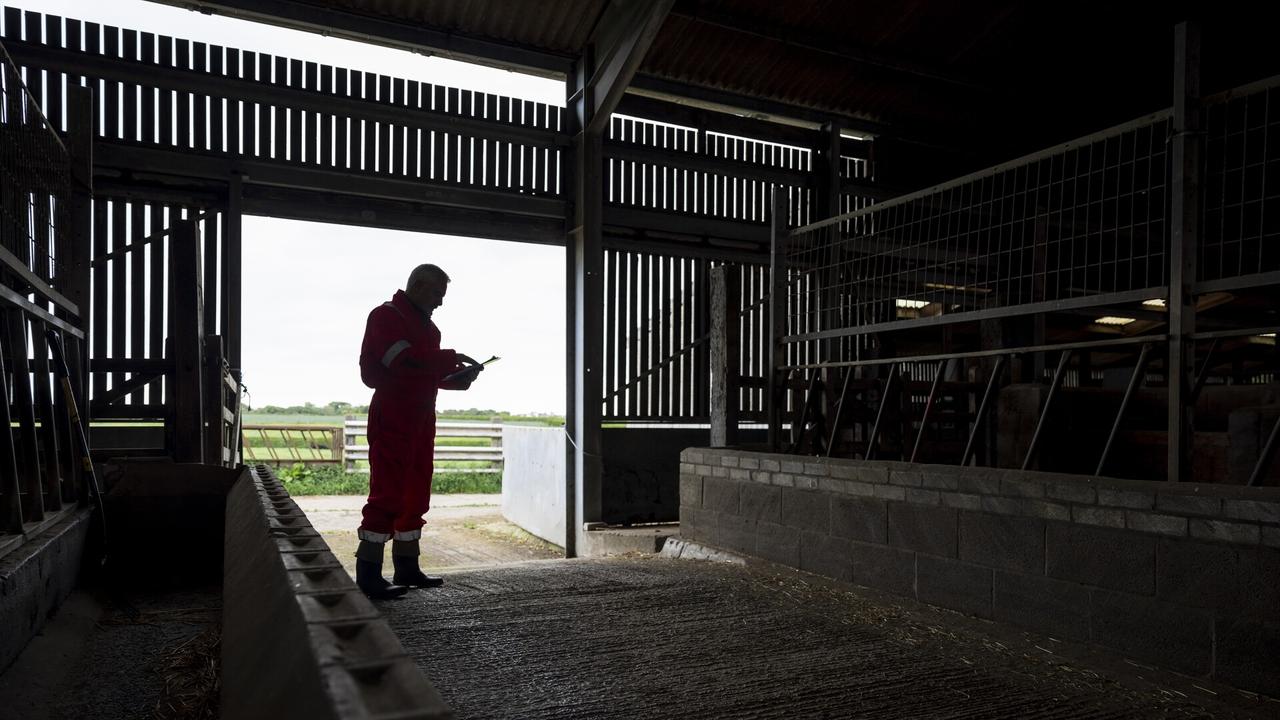Space's Toll: Astronauts Wilmore & Williams Detail Shocking Health Struggles After Record-Breaking Mission

After an unprecedented 286 days aboard the International Space Station, astronauts Butch Wilmore and Sunita Williams are facing a challenging return to Earth. In a recent and candid update, the veteran space explorers have revealed the surprising and sometimes painful health struggles they've encountered as their bodies readjust to gravity. Their experiences offer a stark reminder of the profound physiological impact of prolonged spaceflight, extending far beyond the initial excitement of exploration.
Wilmore and Williams, both highly decorated astronauts with decades of experience, recently participated in a series of medical evaluations. The findings, shared with the public, paint a picture of significant adaptation challenges. While spaceflight is meticulously planned and simulated, the reality of re-entry and post-flight recovery often presents unexpected hurdles.
The Physical Toll: Muscle Loss, Bone Density & More
One of the most significant concerns highlighted by the astronauts is the persistent muscle loss. In the weightless environment of space, muscles don't need to work as hard, leading to atrophy. Even with rigorous exercise routines during their mission, Wilmore and Williams reported ongoing efforts to rebuild muscle mass. “It’s a process,” Wilmore explained, “It's not like you just step off the spacecraft and everything is back to normal. You've got to work at it.”
Similarly, bone density loss is a major concern for astronauts on long-duration missions. Without the constant pressure of gravity, bones lose calcium and become more brittle, increasing the risk of fractures. Williams emphasized the importance of continued bone density screenings and medication to mitigate this risk. “We knew this was coming, but it's still quite remarkable to see the extent of the change,” she stated.
Beyond the Obvious: Sensory & Neurological Challenges
The health struggles extend beyond muscle and bone. Wilmore and Williams have also described experiencing sensory and neurological challenges. These include issues with balance, spatial orientation, and even vision. Fluid shifts in the body during spaceflight can put pressure on the optic nerve, leading to temporary vision changes. Re-adjusting to Earth’s gravity can exacerbate these issues, causing dizziness and disorientation.
“Your inner ear gets a bit confused when you come back,” Williams noted. “It takes time for your brain to recalibrate and understand where you are in space – or, in this case, on Earth.”
Lessons for the Future: Preparing for Longer Missions
The experiences of Wilmore and Williams are invaluable as space agencies like NASA and ESA prepare for even longer missions, including potential crewed missions to Mars. Their feedback is helping researchers better understand the long-term effects of spaceflight on the human body and develop countermeasures to mitigate these risks. This includes exploring new exercise regimes, nutritional supplements, and even artificial gravity systems.
“What we’re learning from Butch and Sunita is critical,” commented Dr. Emily Carter, a leading space medicine specialist. “It’s not just about surviving in space; it’s about ensuring astronauts can thrive and return to a healthy life on Earth. We need to focus on preventative measures and personalized medicine to address the unique needs of each astronaut.”
The astronauts' willingness to share their struggles is a testament to their dedication to advancing space exploration and protecting the health and well-being of future generations of space travelers. Their story serves as a powerful reminder that venturing beyond Earth comes with significant challenges, but also with the potential to unlock invaluable knowledge about the human body and our place in the universe.






